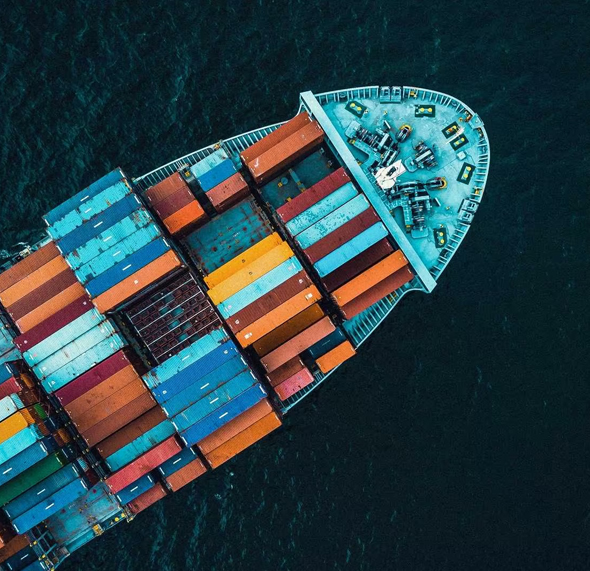Ocean freight, also known as sea freight, refers to the transportation of goods by ships across oceans, seas, and other waterways. It is one of the oldest forms of transportation and remains an essential method of moving goods around the world.
Ocean freight is widely used for transporting large quantities of goods, such as raw materials, finished products, and consumer goods. It is cost-effective for long-distance transportation, especially for bulky and heavy cargo, as it is cheaper than air freight.
Ocean freight is carried out by shipping companies that operate a fleet of ships of various sizes and types. These ships can transport different types of cargo, including containerized goods, bulk cargo, and liquid cargo.
Containerized cargo is transported in standard containers, which are loaded onto container ships. This type of cargo is commonly used for consumer goods, such as clothing, electronics, and household goods. Bulk cargo, such as grain, coal, and ore, is transported in large quantities, usually in bulk carriers. Liquid cargo, such as oil and chemicals, is transported in tankers.
Ocean freight is subject to international trade regulations and requirements, including customs clearance, documentation, and compliance with safety and environmental standards. Shipping companies are responsible for ensuring that their ships meet these standards and that the cargo they transport is safe and secure.
Ocean freight can take longer than air freight due to the slower speed of ships and the need for more extensive logistics planning, such as port handling and customs clearance. However, it remains a crucial method of transportation for many industries, particularly for international trade.
Ocean freight plays a vital role in global trade and transportation, providing a cost-effective and reliable way to move goods across oceans and seas. Despite its challenges, it remains a valuable tool for businesses and industries that require long-distance transportation of goods.


